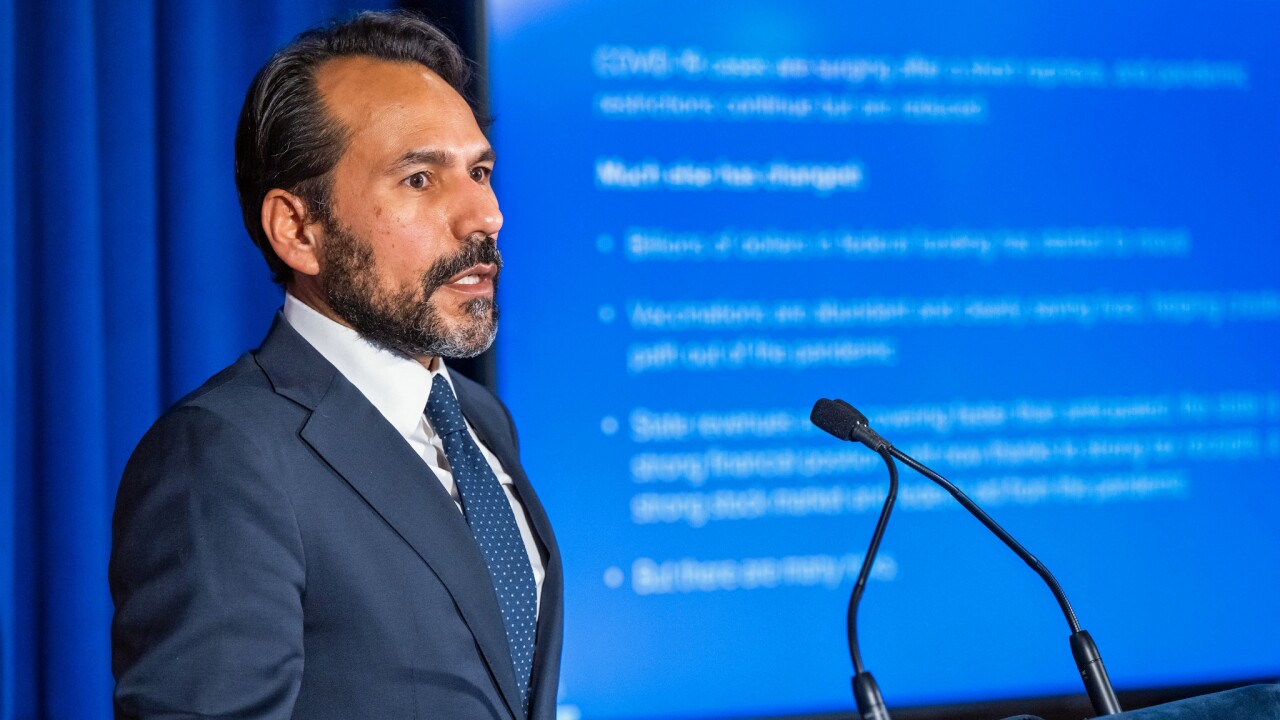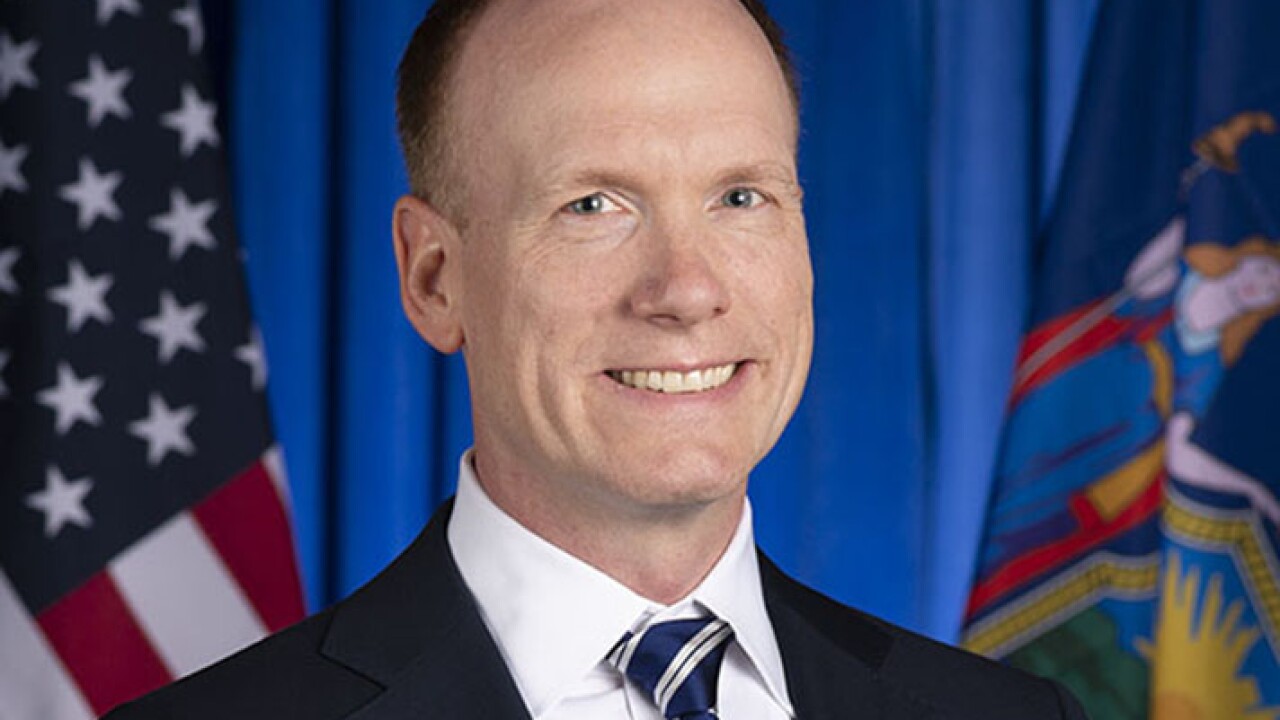The April employment report topped estimates for jobs created and the jobless rate fell to a 49-year low, yet wage increases missed projections.
The report “was a good one,” Federal Reserve Bank of St. Louis President James Bullard said on CNBC. Payrolls soared 263,000 in April, although the March gain was trimmed to 189,000 from the previously announced 196,000. And the unemployment rate dropped to 3.6% from 3.8%. One negative: average hourly earnings rose a less-than-expected 3.2% from a year earlier.

The numbers show the labor market remains strong and won’t spur inflation.
“Such conditions boost consumer confidence, which further feeds the economy,” said NAR Chief Economist Lawrence Yun,
Bullard said he believes the Fed is “in great shape” having “already made a gigantic change in policy” by projecting no rate increases this year, something he had urged.
Although the Fed, in his opinion, is “a little tight on the funds rate” — since he sees the real interest rate at zero percent, and with a 2% inflation target, the funds rate should be at 2%, not the current 2.4% — Bullard doesn’t “think it’s something to worry about.”
Core personal consumption expenditure inflation of only 1.6% on an annual basis “is making me a bit nervous,” Bullard said. But he said the economy is performing better than expected and growth this year should again be above trend.
Also speaking on CNBC, Stanford Economist John Taylor said the Fed “made some good changes since they started to normalize. … A normalized Fed is good for the economy.”
He added, “They’re in a better place, at this point, in case something happens.”
Fed Vice Chair Richard Clarida, speaking at Hoover Institution monetary policy conference, spoke about how Fed participants, in the past seven years, have cut their estimates for both the natural rate of unemployment (u-star) and the natural rate of interest (r-star).
“[T]hese revisions to u-star and r-star appeared to have had an important influence on the path for the policy rate actually implemented in recent years,” he said. “One could interpret any changes in the conduct of policy as a shift in the central bank’s reaction function. But in my view, when such changes result from revised estimates of u-star or r-star, they merely reflect an updating of an existing reaction function.”
Federal Reserve Bank of Chicago President Charles Evans, speaking at a NABE conference in Sweden, said, “I am uneasy about the inflation outlook.”
“[S]ince December, core consumer inflation has fallen and is now just a bit above 1-1/2 percent,” Evans said, according to prepared text released by the Fed. “Although some of this drop may be due to temporary special factors, we don’t want to be too dismissive of this development.”
He also noted that slower growth was predicted for this year, and he expects growth to be 2% to 2.25%, somewhat higher than his 1.8% expectation of the economy’s long-run growth potential. “So we’re not looking at bad numbers; still, the economy won’t feel like it is doing very well compared with last year’s very strong performance.”
While it’s “unlikely” inflation will rise enough for the Fed to raise rates any time soon, Evans said, “if activity softens more than expected or if inflation and inflation expectations continue to run too low, then policy may have to be left on hold — or perhaps even loosened — to provide the appropriate accommodation to obtain our objectives.”
In other economic news, the Institute for Supply Management's Non-Manufacturing Report on Business index slipped to 55.5 in April from 56.1 in March, suggesting continued growth in the sector, at a slower pace. Prices fell to 55.7 from 58.7, which shows prices are still increasing.
The Federal Reserve Bank of New York’s Nowcast forecast for gross domestic product rose to 2.15% as of May 3 from 2.08% the week before.





